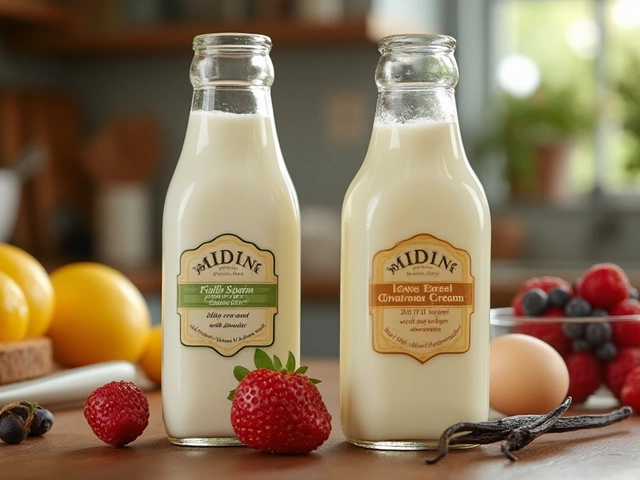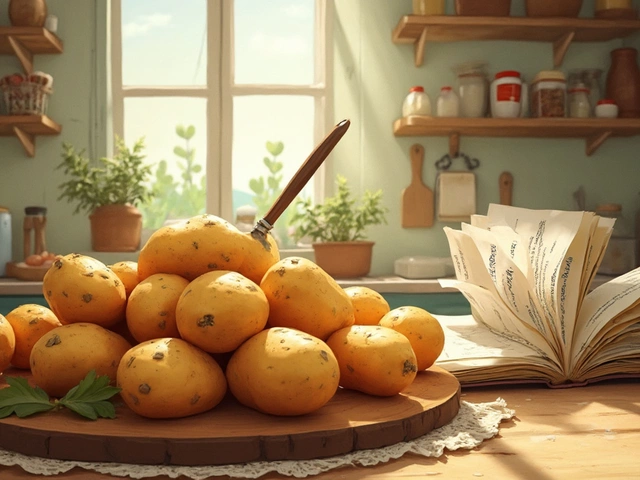Mastering Meringue: Simple Steps for Light, Fluffy Desserts
If you’ve ever watched a video of glossy, cloud‑like peaks forming in a mixing bowl, you know meringue looks magical. The good news? It’s not rocket science. With a few basic rules and a bit of patience, you can whip up perfect meringue at home and turn it into Pavlovas, lemon meringue pies, or just crispy cookies for snacking.
Basic Ingredients & the Golden Ratio
The classic French meringue uses three ingredients: egg whites, granulated sugar, and a pinch of salt. The rule of thumb is 2 grams of sugar for every 1 gram of egg white (about 2 tablespoons sugar per egg white). This ratio gives you enough sweetness without weighing the mixture down.
Start with room‑temperature egg whites. Cold whites take longer to foam and can trap water, leading to a soggy finish. Separate the whites from the yolks carefully—any trace of yolk or grease will stop the foam before it even begins.
Step‑by‑Step: From Liquid to Peaks
1. Whisk the whites. Begin on low speed, then gradually increase to medium‑high. You’ll see a frothy foam appear within a minute.
2. Add sugar slowly. Sprinkle the granulated sugar a spoonful at a time while the beaters are running. This slow addition lets the sugar dissolve fully, preventing a gritty texture.
3. Watch the peaks. When the mixture looks glossy and holds soft peaks, test it by lifting the whisk. If the tip of the peak folds over gently, you’re at the soft‑peak stage—perfect for folding into batter. For a crisp shell, keep beating until you reach stiff peaks that stand straight up.
4. Optional stabilizers. A pinch of cream of tartar or a few drops of lemon juice help stabilize the foam, especially in humid kitchens.
Once you hit the right stage, the meringue is ready to be shaped. Spoon it onto a baking sheet for cookies, or pipe it around a tart for a dramatic finish.
Common Mistakes and Quick Fixes
Grainy texture? That means the sugar didn’t fully dissolve. Keep beating a little longer; the mixture will smooth out.
Weeping or soggy meringue? Too much moisture in the bowl or over‑mixing can cause this. Ensure your bowl is clean, dry, and free of any oil. Also, bake at a low temperature (around 90‑120 °C) for a longer time to dry the meringue gently.
Collapsing peaks? Over‑beating can break the protein structure. If you see the peaks start to look dry and start to crumble, stop the mixer right away.
For a glossy finish on pies, turn the oven off after the meringue has set and let the residual heat dry it for another 10‑15 minutes. This prevents the brown edges from cracking.
Now you’ve got the basics down, experiment with Swiss or Italian meringues. Swiss meringue involves heating sugar and egg whites together over a bain‑marie before whipping—great for buttercream. Italian meringue uses a hot sugar syrup poured into whipped whites, giving the most stable foam for frosting and mousses.
Store baked meringues in an airtight container at room temperature; they’ll stay crisp for up to a week. If you’ve made a larger batch of plain meringue, you can freeze it in zip‑top bags for up to three months and thaw when needed.
With these tips, you can turn a simple pantry staple into elegant desserts that impress without the hassle. Grab a whisk, follow the steps, and enjoy the sweet, airy results of your very own meringue creations!
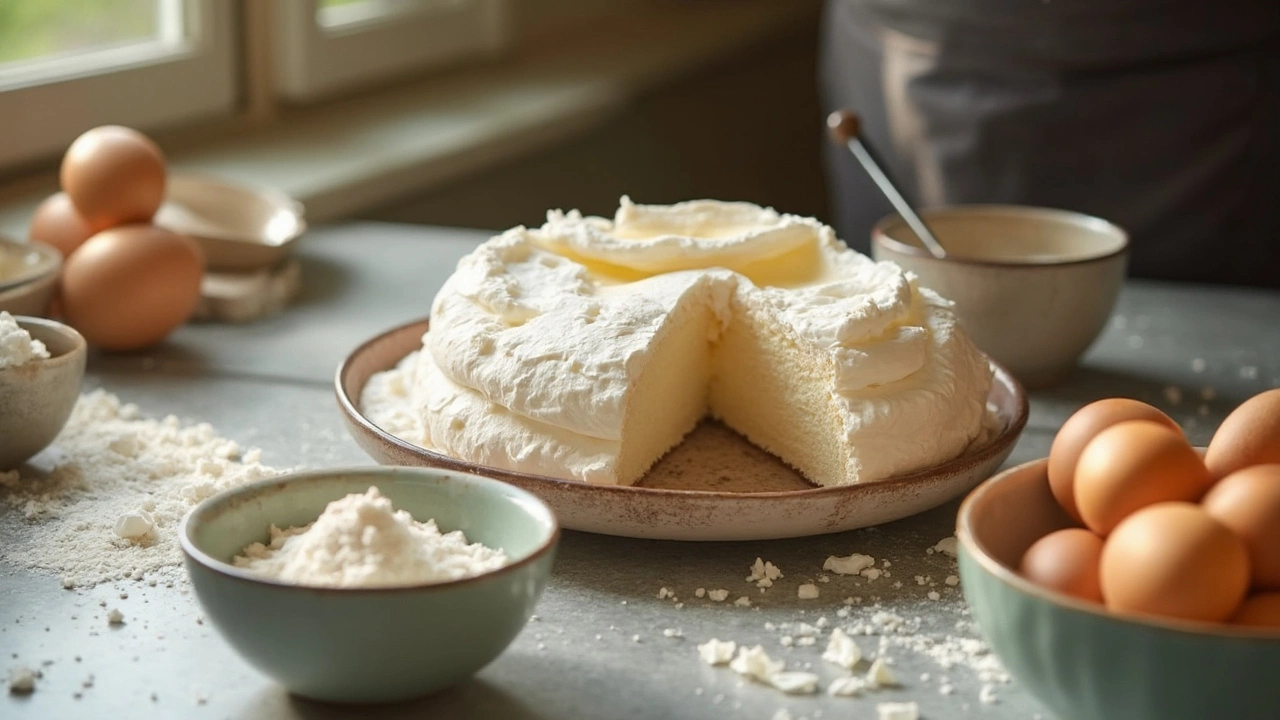
Cornflour and Vinegar in Pavlova: Why They Matter
Ever wondered why pavlova recipes nearly always call for cornflour and vinegar? These two pantry staples are the secret to that perfect marshmallowy center and crackly crust we all crave. If you've ever ended up with a weepy, rubbery, or flat pavlova, small ingredient tweaks, like adding cornflour or vinegar, might be just what you need. Understanding their roles helps you troubleshoot common meringue fails. Here's the real reason you shouldn't skip them.
View MorePavlova Ingredients: What Really Goes Into This Iconic Dessert?
Curious about what gives pavlova its crisp shell and marshmallowy center? This article breaks down the main ingredients you need for classic pavlova and why each one matters. Whether you're a first-timer or perfecting your technique, learn key tips for picking, measuring, and mixing the essentials. Bust some myths and discover why ingredient quality can make or break your bake. Get practical advice you can actually use in your kitchen.
View More
Lemon Juice vs. White Wine Vinegar in Meringue: What Really Works?
Swapping white wine vinegar with lemon juice in pavlova meringue is a tempting shortcut, but will it actually work? This article breaks down how these acidic ingredients affect meringue texture and taste, and whether lemon juice is a solid stand-in. Find out if your pavlova will still hold its shape and flavor with the swap, plus tips for success. No-nonsense advice and real kitchen talk for home bakers who want to get it right. It's the practical guide you'll wish you had before your next bake.
View More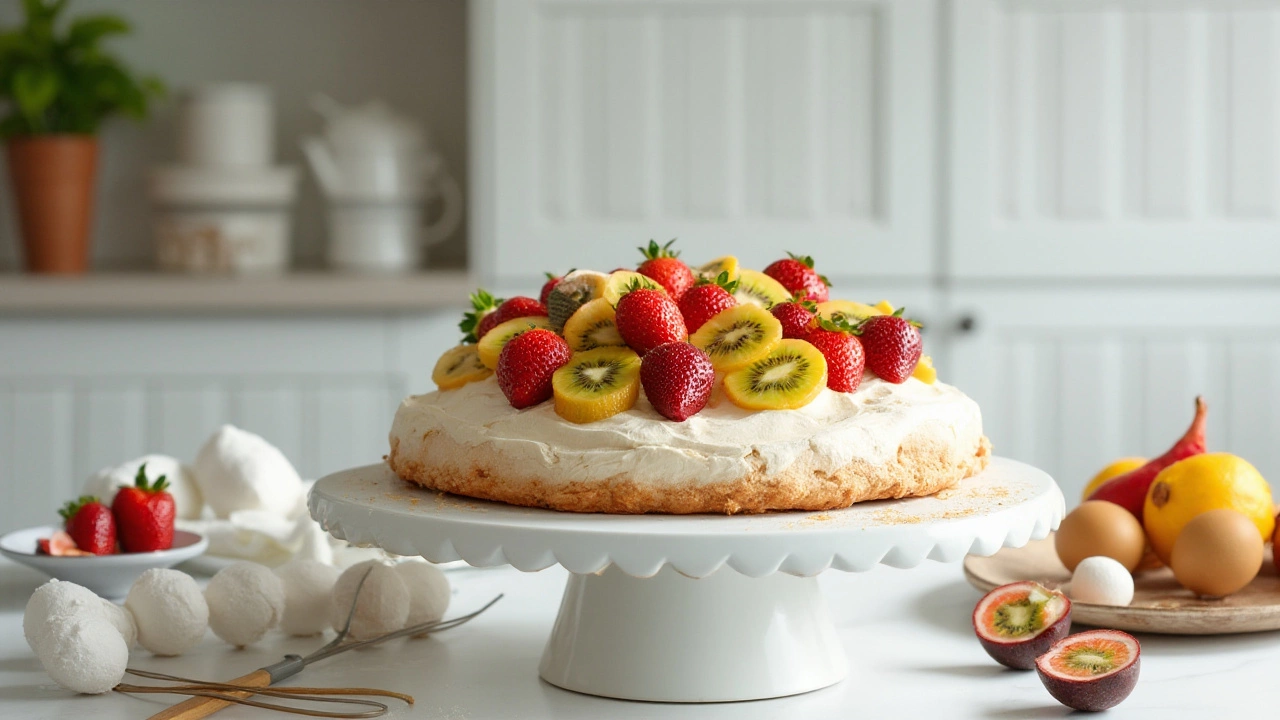
Secrets to Perfect Pavlova: How to Avoid a Soggy Dessert
Pavlovas, with their delicate meringue bases and luscious toppings, can often fall victim to unwanted sogginess. This article explores practical techniques and handy tips to keep your pavlova crisp and delicious. From careful ingredient selection to innovative storage solutions, discover the secrets to serving a picture-perfect pavlova every time.
View More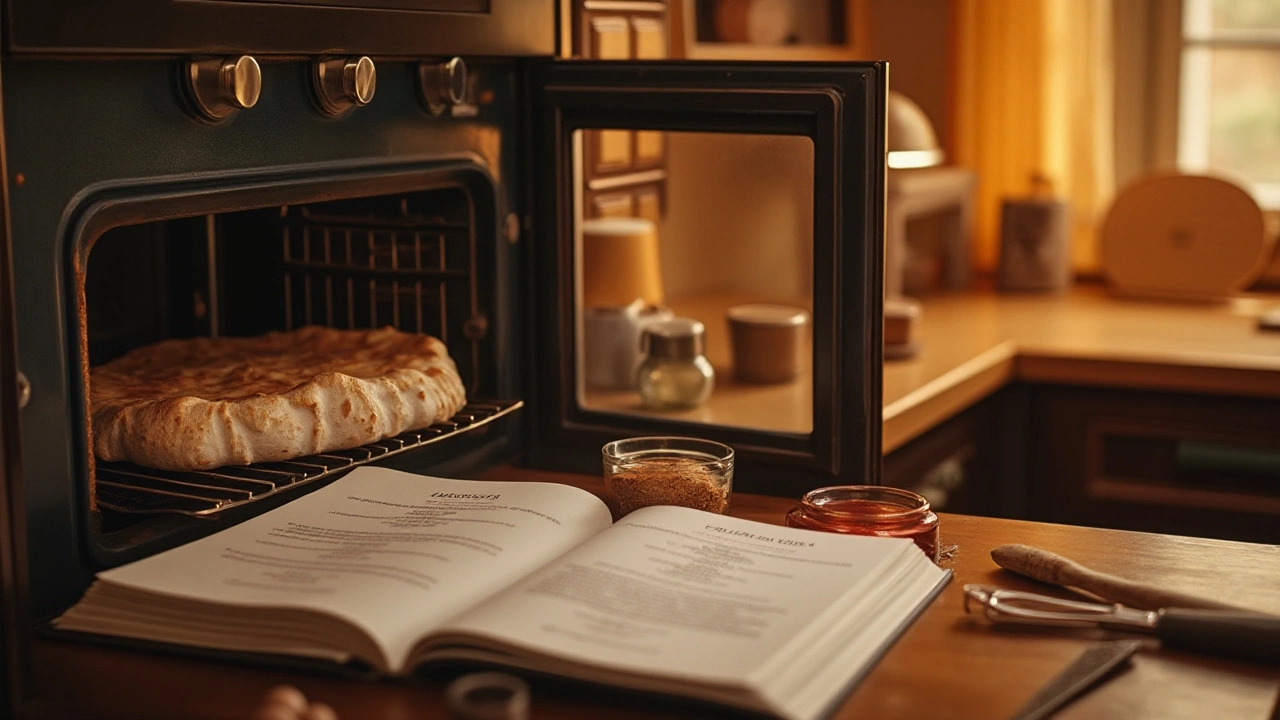
Mastering Pavlova: Should You Leave the Oven Door Open?
Pavlova is a delicate dessert that requires careful attention during baking. The main question is whether to leave the oven door open during baking or not. This article explores the reasons behind this practice, shares tips for achieving the perfect balance of crispy outer and marshmallow-like interior, and highlights common mistakes to avoid. Readers will also discover interesting facts about the origins of pavlova and its variations around the world.
View More
